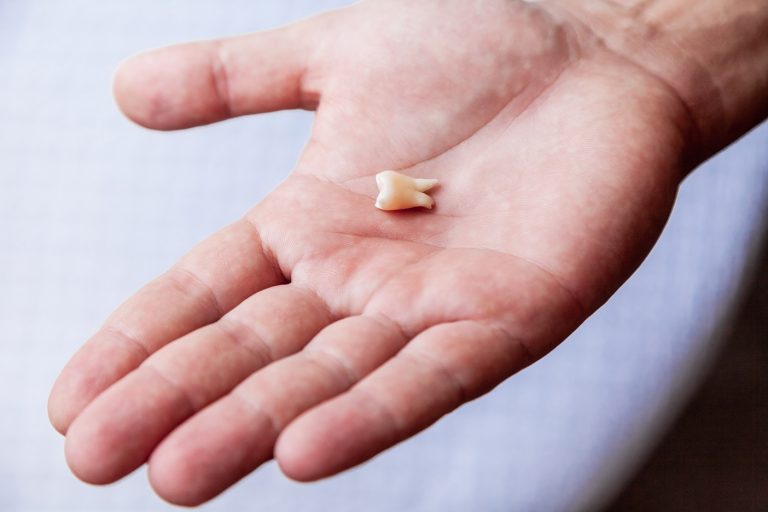dental trauma

Dental trauma involves injuries to the mouth including the lips, gum, teeth, tongue, and jaw bones.
The most common causes of dental trauma are from falls, engaging in contact sports, fights or motor vehicle accidents.
Classification
They can be broadly classified into soft or hard tissue trauma. Soft tissue involves the area of the face around the lips, the lips, cheeks, gum and tongue. Hard tissue consists of the teeth and jaw bones.
Management
Injuries to the facial region may result in cuts to the soft tissue which may require stitches for proper wound healing and stop bleeding.
Broken or displaced teeth are the most common types of dental trauma.
Fractured teeth will appear broken or chipped with sharp edges. Depending on the severity of injury, the dentist may smoothen the edges of the teeth or do fillings or crowns to repair them.
A displaced tooth is partially out if its bony socket. Baby (primary) teeth that are mildly displaced can be left to spontaneously erupt. Adult (permanent) teeth that are displaced will require repositioning and splinting by the Dentist to restore function.
If a permanent tooth is knocked out, it can be reimplanted. This is not recommended for a primary tooth. Please stay calm and follow these instructions:
- Find the tooth and pick it up by the crown (the white part). Avoid touching the root.
- If the tooth is dirty, wash it briefly (max 10 seconds) under cold running water and reposition it. This can be done by yourself or assisted by another person. Once the tooth is in place, bite on a handkerchief to hold it in position.
- If this is not possible, the tooth can be transported in the mouth, keeping it inside the lip or cheek. Otherwise, place the tooth in a glass soaked in the following.
- Milk
- Patient’s saliva
- Hanks balanced storage medium (HBSS or saline)
- NEVER store the tooth in water.
- Seek emergency dental treatment immediately. Obtaining dental care within 30 minutes can sometimes make the difference between saving or losing a tooth.
The dentist will examine and make a diagnosis with the help of dental X-rays on your condition. In severe cases, you may be advised to extract or carry out root canal treatment on your teeth.
Aftercare
Your dentist may prescribe antibiotics and painkillers for management, and you may be referred to a physician if a tetanus booster is required.
Avoid contact sports after treatment and be on a soft diet for up to 2 weeks.
Good oral hygiene is crucial with tooth brushing and an antiseptic mouth rinse.
The treatment does not end at the initial visit and you will require periodic follow up to check on the condition of the affected teeth.
